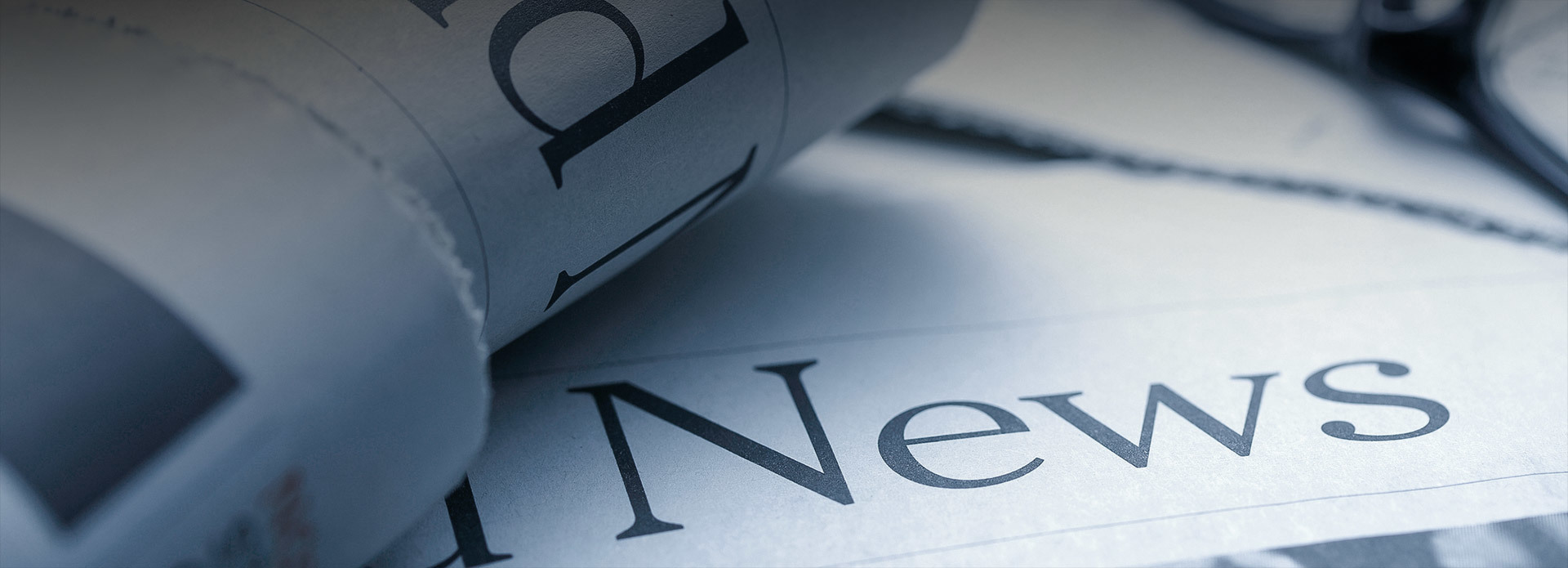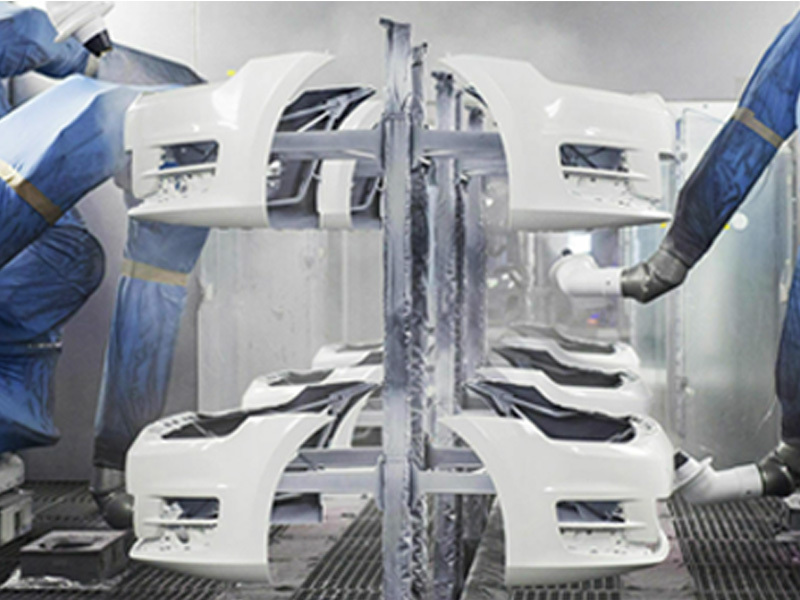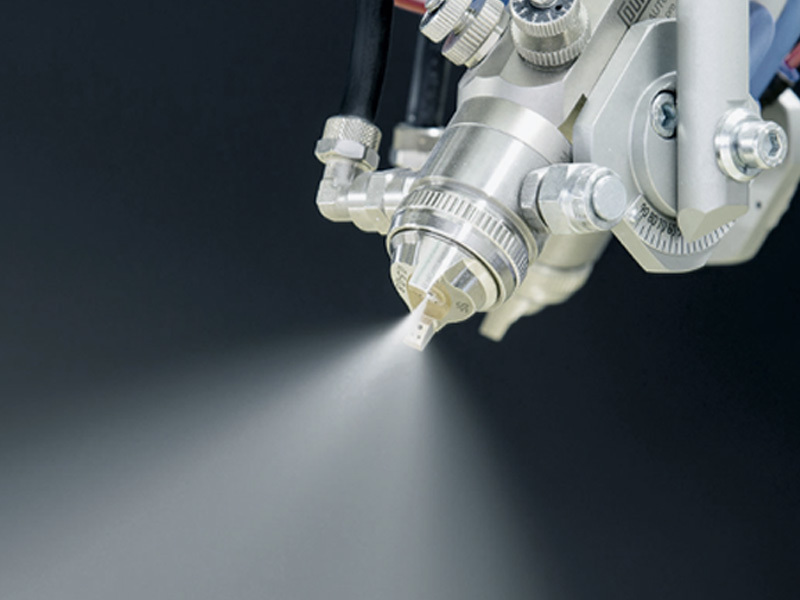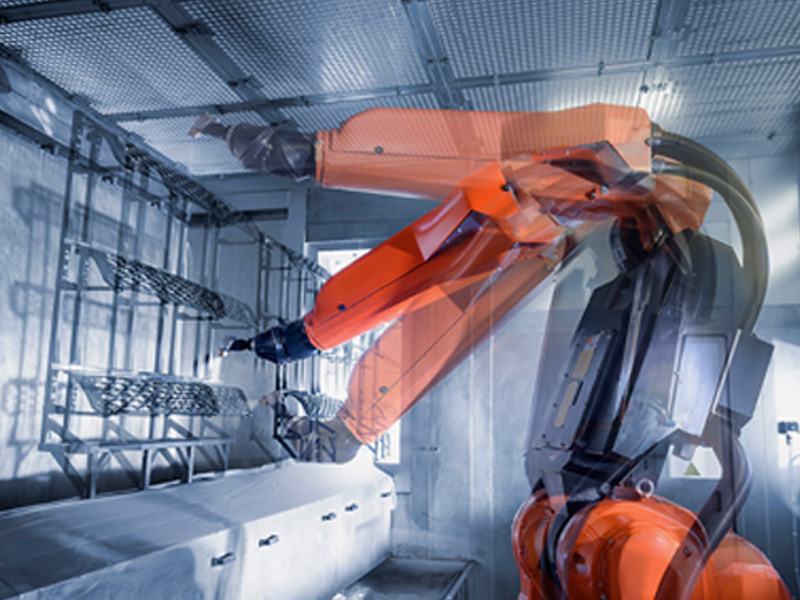Exploring Cost-Effective Solutions for PCB Spraying in Industrial Applications
Release time:
2025-07-05
In the industrial sector, the demand for efficient and economical production processes has led to a significant interest in cheap PCB spraying solutions. Printed Circuit Boards (PCBs) are integral to a myriad of electronic devices, and the quality of their surface coating can directly impact both performance and longevity. Understanding the various aspects of PCB spraying can guide manufacturers a

In the industrial sector, the demand for efficient and economical production processes has led to a significant interest in cheap PCB spraying solutions. Printed Circuit Boards (PCBs) are integral to a myriad of electronic devices, and the quality of their surface coating can directly impact both performance and longevity. Understanding the various aspects of PCB spraying can guide manufacturers and technicians in optimizing their operations while controlling costs.
When considering cost-effective PCB spraying options, it is essential to focus on the type of spraying technology employed. Various spraying methods, such as manual spraying, automated robotic systems, or airless spraying, each have distinct advantages and limitations. For instance, manual spraying may be a cheaper option initially but could lead to inconsistencies and higher labor costs over time. In contrast, automated systems often require a larger upfront investment but can result in more uniform coatings and reduced labor costs, making them a worthwhile consideration for long-term savings.
Another critical factor to consider is the choice of spray materials. While it may be tempting to choose the cheapest materials available, this approach can compromise the quality of the coating and the overall performance of the PCB. Selecting high-quality yet cost-effective spray materials not only ensures better adherence and durability but can also enhance the overall functionality of the electronic device.
Furthermore, optimizing the spraying process can lead to significant cost savings. Techniques such as adjusting the spray pressure, minimizing overspray, and ensuring proper surface preparation can improve the efficiency of the application process. Training staff on best practices can also lead to enhanced productivity and better outcomes, ultimately contributing to lower operational costs.
Another important consideration in cheap PCB spraying is the environmental impact and compliance with industry regulations. Utilizing eco-friendly materials and methods can not only reduce disposal costs but also enhance the company's reputation in today's environmentally conscious market. This approach can attract clients who prioritize sustainability and may lead to additional business opportunities.
In conclusion, while the pursuit of cheap PCB spraying solutions is essential for cost management in industrial applications, it is crucial to balance cost with quality and efficiency. By carefully evaluating the spraying methods, materials, and processes, professionals in the industry can achieve effective results that do not compromise the integrity of their products. Embracing innovation and best practices will enable manufacturers to remain competitive while delivering high-quality, cost-effective PCB solutions.
When considering cost-effective PCB spraying options, it is essential to focus on the type of spraying technology employed. Various spraying methods, such as manual spraying, automated robotic systems, or airless spraying, each have distinct advantages and limitations. For instance, manual spraying may be a cheaper option initially but could lead to inconsistencies and higher labor costs over time. In contrast, automated systems often require a larger upfront investment but can result in more uniform coatings and reduced labor costs, making them a worthwhile consideration for long-term savings.
Another critical factor to consider is the choice of spray materials. While it may be tempting to choose the cheapest materials available, this approach can compromise the quality of the coating and the overall performance of the PCB. Selecting high-quality yet cost-effective spray materials not only ensures better adherence and durability but can also enhance the overall functionality of the electronic device.
Furthermore, optimizing the spraying process can lead to significant cost savings. Techniques such as adjusting the spray pressure, minimizing overspray, and ensuring proper surface preparation can improve the efficiency of the application process. Training staff on best practices can also lead to enhanced productivity and better outcomes, ultimately contributing to lower operational costs.
Another important consideration in cheap PCB spraying is the environmental impact and compliance with industry regulations. Utilizing eco-friendly materials and methods can not only reduce disposal costs but also enhance the company's reputation in today's environmentally conscious market. This approach can attract clients who prioritize sustainability and may lead to additional business opportunities.
In conclusion, while the pursuit of cheap PCB spraying solutions is essential for cost management in industrial applications, it is crucial to balance cost with quality and efficiency. By carefully evaluating the spraying methods, materials, and processes, professionals in the industry can achieve effective results that do not compromise the integrity of their products. Embracing innovation and best practices will enable manufacturers to remain competitive while delivering high-quality, cost-effective PCB solutions.











